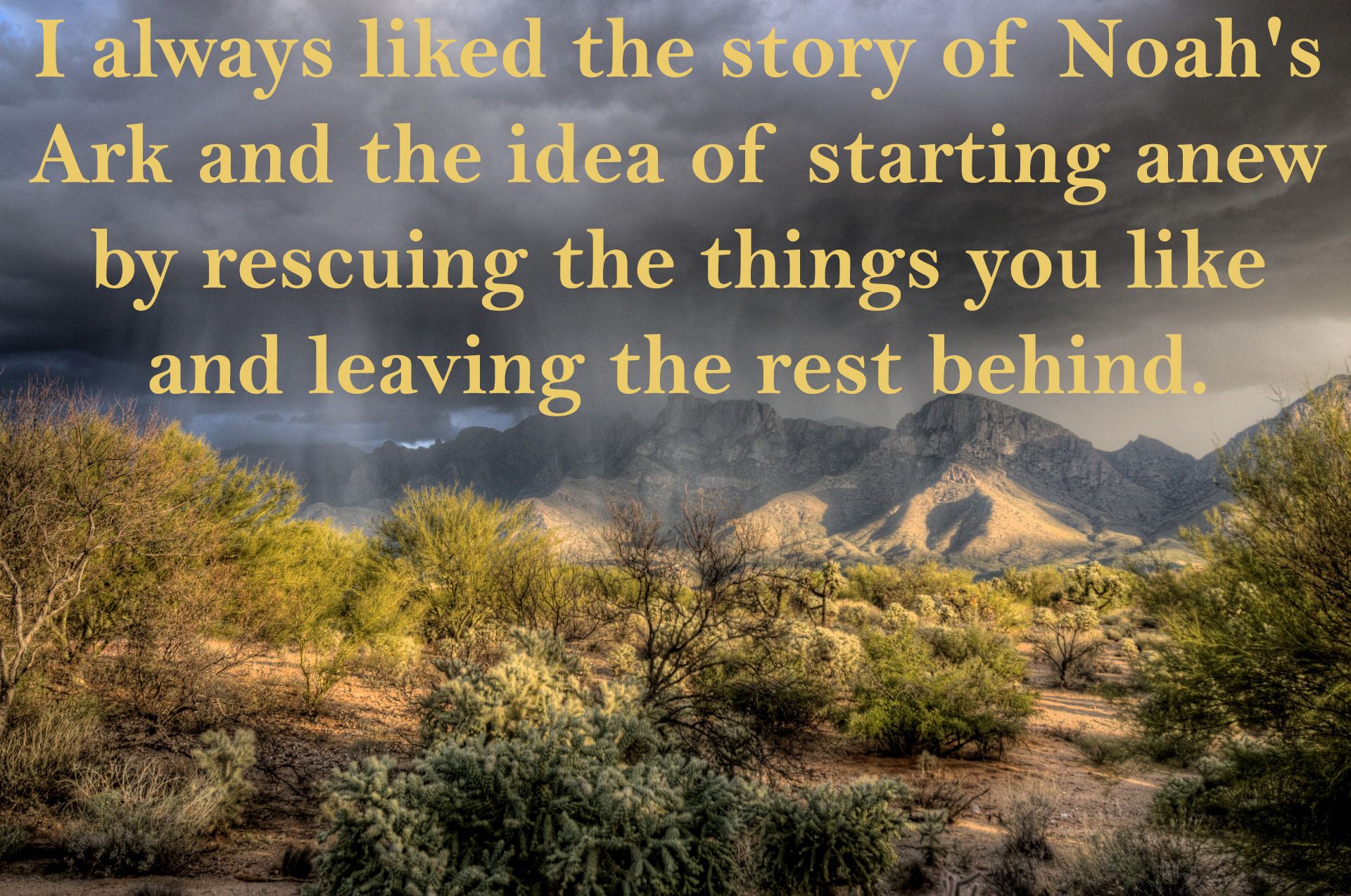

The great danger in a naive combination of cultures is an unintended and unvoluntary humor, or in other words, that some aspects of your story will appear to the reader as laughably implausible. If you handle this destructive potential well and make it a theme in your narrative thought experiment, as Mark Twain did when he introduced modern technology to the Middle Ages in A Connecticut Yankee in King Arthur's Court, you may achieve an enlightening deconstruction of cultural stereotypes. We all know what Christian missionaries did to the now-extinct cultures of the world. When you introduce certain aspects of one culture into another, that culture will disappear. When guns appeared in Europe, that meant the end not only of the knight, his armor, and medieval warfare, but also as a consequence the end of medieval courtly culture. For example, there were no guns in the Middle Ages. Second, historical situations are instable. If you handle the contradiction well, you may achieve wonderful humor, as in the Flintstones example given by Alexander in his answer. If you introduce something into a historic age that did not originally belong there, it will feel wrong. And this image that we have is very strong, because we have learned it in school and countless movies, books, and documentaries have reaffirmed it and added more detail. First, the image you create clashes with the image that we have of a historic situation.

The problem, when you mix what you call cultures is twofold. That is, the technology, culture, and social life are on a corresponding developmental level. This image is coherent, consistent, and harmonious. We generally have an image in our minds of certain historical periods.


 0 kommentar(er)
0 kommentar(er)
